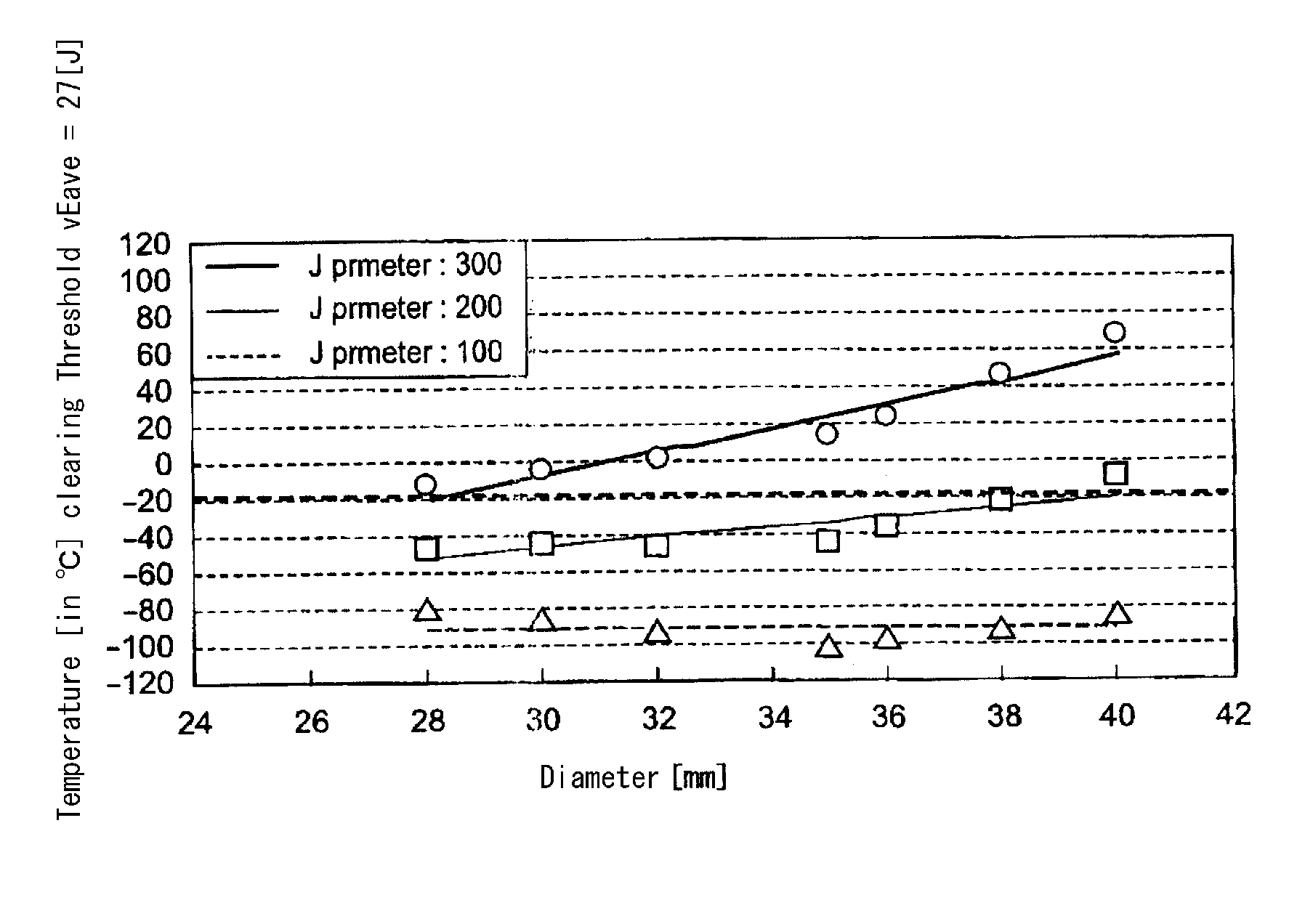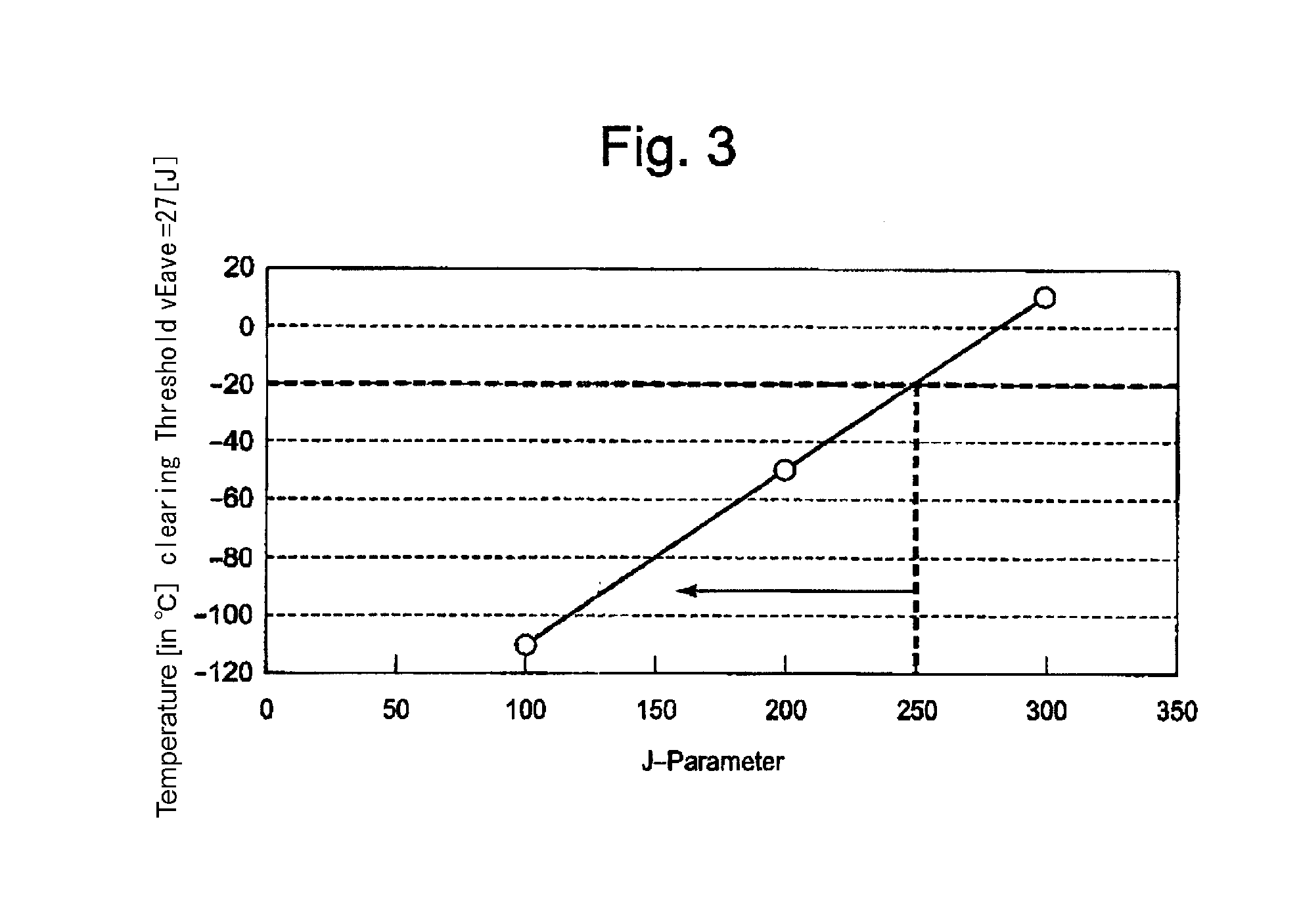Method for inspecting bolts
a bolt and bolt body technology, applied in chemical methods analysis, instruments, structural/machine measurement, etc., can solve the problems of increased initial cost and running expense, difficult to increase the strength of the material proposed, and difficult to use the proposed material as the bolt material
- Summary
- Abstract
- Description
- Claims
- Application Information
AI Technical Summary
Benefits of technology
Problems solved by technology
Method used
Image
Examples
Embodiment Construction
[0049]Hereafter, the present invention will be described in detail with reference to the embodiments shown in the figures. However, the dimensions, materials, shape, the relative placement and so on of a component described in these embodiments shall not be construed as limiting the scope of the invention thereto, unless especially specific mention is made.
[0050]The inventors of the present invention have made researches on the factors that have effects on the Charpy impact values of the material of the bolt made of chromium molybdenum steel, the contents [in mass o] of the material being:
[0051]carbon (C) content of more than or equal to 0.33% and less than or equal to 0.38%,
[0052]silicon (Si) content of more than or equal to 0.15% and less than or equal to 0.35%,
[0053]manganese (Mn) content of more than or equal to 0.60% and less than or equal to 0.85%,
[0054]chromium (Cr) content of more than or equal to 0.90% and less than or equal to 1.20%,
[0055]molybdenum (Mo) content of more th...
PUM
| Property | Measurement | Unit |
|---|---|---|
| temperature | aaaaa | aaaaa |
| temperatures | aaaaa | aaaaa |
| temperatures | aaaaa | aaaaa |
Abstract
Description
Claims
Application Information
 Login to View More
Login to View More - R&D
- Intellectual Property
- Life Sciences
- Materials
- Tech Scout
- Unparalleled Data Quality
- Higher Quality Content
- 60% Fewer Hallucinations
Browse by: Latest US Patents, China's latest patents, Technical Efficacy Thesaurus, Application Domain, Technology Topic, Popular Technical Reports.
© 2025 PatSnap. All rights reserved.Legal|Privacy policy|Modern Slavery Act Transparency Statement|Sitemap|About US| Contact US: help@patsnap.com



